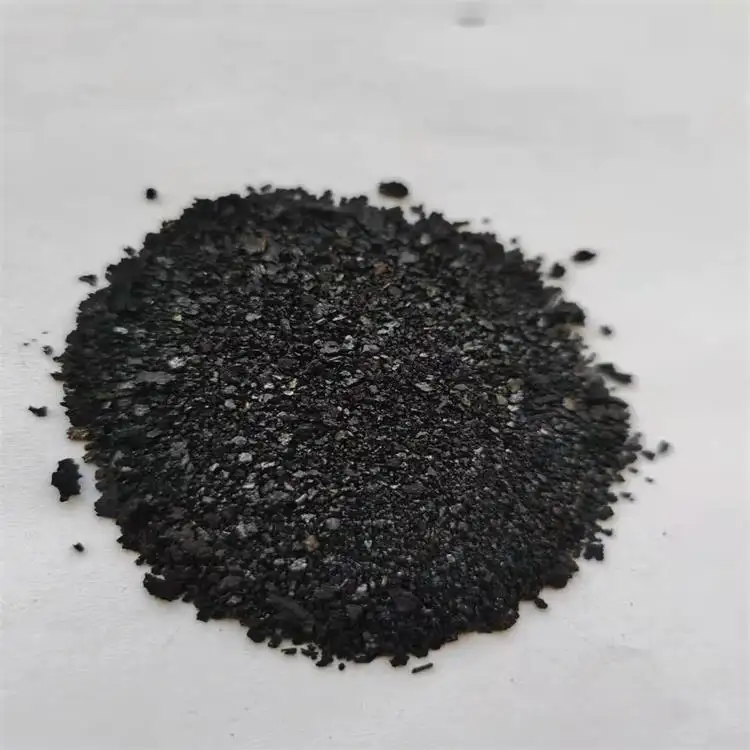Industrial Indigo Development in China and Its Global Impact on Textile Industry
The Evolution of China’s Industrial Indigo A Historic and Contemporary Perspective
Indigo, a deep blue dye derived from the leaves of the indigo plant, has a rich history that intertwines with the fabric of Chinese culture. Historically, indigo dyeing in China dates back thousands of years, with the earliest records of its use found in ancient texts. The journey of industrial indigo in China reflects both the remarkable craftsmanship of its artisans and the significant technological advancements that have transformed its production and application.
The Evolution of China’s Industrial Indigo A Historic and Contemporary Perspective
As China entered the 20th century, the industrialization of the indigo dyeing process began to take shape. Advances in chemistry and manufacturing allowed for the synthesis of indigo, leading to the development of synthetic indigo in the early 1900s. This innovation greatly changed the landscape of indigo production, as synthetic dyes became more popular due to their cost-effectiveness and consistent quality. By the mid-20th century, China emerged as one of the largest producers of synthetic indigo, exporting to markets worldwide and meeting the growing demand from the textile industry.
china industrial indigo

In recent years, there has been a resurgence of interest in traditional indigo dyeing as consumers become more environmentally conscious and seek sustainable practices. Artisan crafts, including natural dyeing techniques, have gained popularity among younger generations who appreciate the cultural heritage and artisanal quality of hand-dyed textiles. This renewed interest has led to a revival of traditional methods, with small workshops and artisan cooperatives reestablishing the use of natural indigo, thus marrying age-old practices with modern aesthetics.
Moreover, the fashion industry in China is increasingly embracing indigo as a symbol of sustainable fashion. Designers are exploring innovative ways to incorporate indigo into contemporary garments, utilizing both natural and synthetic dyes to create unique and stylish pieces. The versatility of indigo, ranging from deep navy to shades of denim, offers endless possibilities for creativity in fashion design.
However, the industrial production of synthetic indigo is not without its challenges. Environmental concerns regarding wastewater and pollution from synthetic dye processes have prompted ongoing dialogues about sustainable practices in the textile industry. In response, many Chinese manufacturers are investing in greener technologies and methods to minimize their ecological footprint while maintaining high standards of production.
In conclusion, the evolution of China’s industrial indigo is a tale of transformation, bridging the gap between ancient traditions and modern innovations. With a rich heritage foundational to its identity, indigo continues to thrive in contemporary society, appealing to both artisans and consumers alike. As China navigates the complexities of industrial and sustainable practices, the future of indigo holds promise, reflecting a unique blend of history, culture, and innovation in the global textile landscape.
-
The Timeless Art of Denim Indigo Dye
NewsJul.01,2025
-
The Rise of Sulfur Dyed Denim
NewsJul.01,2025
-
The Rich Revival of the Best Indigo Dye
NewsJul.01,2025
-
The Enduring Strength of Sulphur Black
NewsJul.01,2025
-
The Ancient Art of Chinese Indigo Dye
NewsJul.01,2025
-
Industry Power of Indigo
NewsJul.01,2025
-
Black Sulfur is Leading the Next Wave
NewsJul.01,2025

Sulphur Black
1.Name: sulphur black; Sulfur Black; Sulphur Black 1;
2.Structure formula:
3.Molecule formula: C6H4N2O5
4.CAS No.: 1326-82-5
5.HS code: 32041911
6.Product specification:Appearance:black phosphorus flakes; black liquid

Bromo Indigo; Vat Bromo-Indigo; C.I.Vat Blue 5
1.Name: Bromo indigo; Vat bromo-indigo; C.I.Vat blue 5;
2.Structure formula:
3.Molecule formula: C16H6Br4N2O2
4.CAS No.: 2475-31-2
5.HS code: 3204151000 6.Major usage and instruction: Be mainly used to dye cotton fabrics.

Indigo Blue Vat Blue
1.Name: indigo blue,vat blue 1,
2.Structure formula:
3.Molecule formula: C16H10N2O2
4.. CAS No.: 482-89-3
5.Molecule weight: 262.62
6.HS code: 3204151000
7.Major usage and instruction: Be mainly used to dye cotton fabrics.

